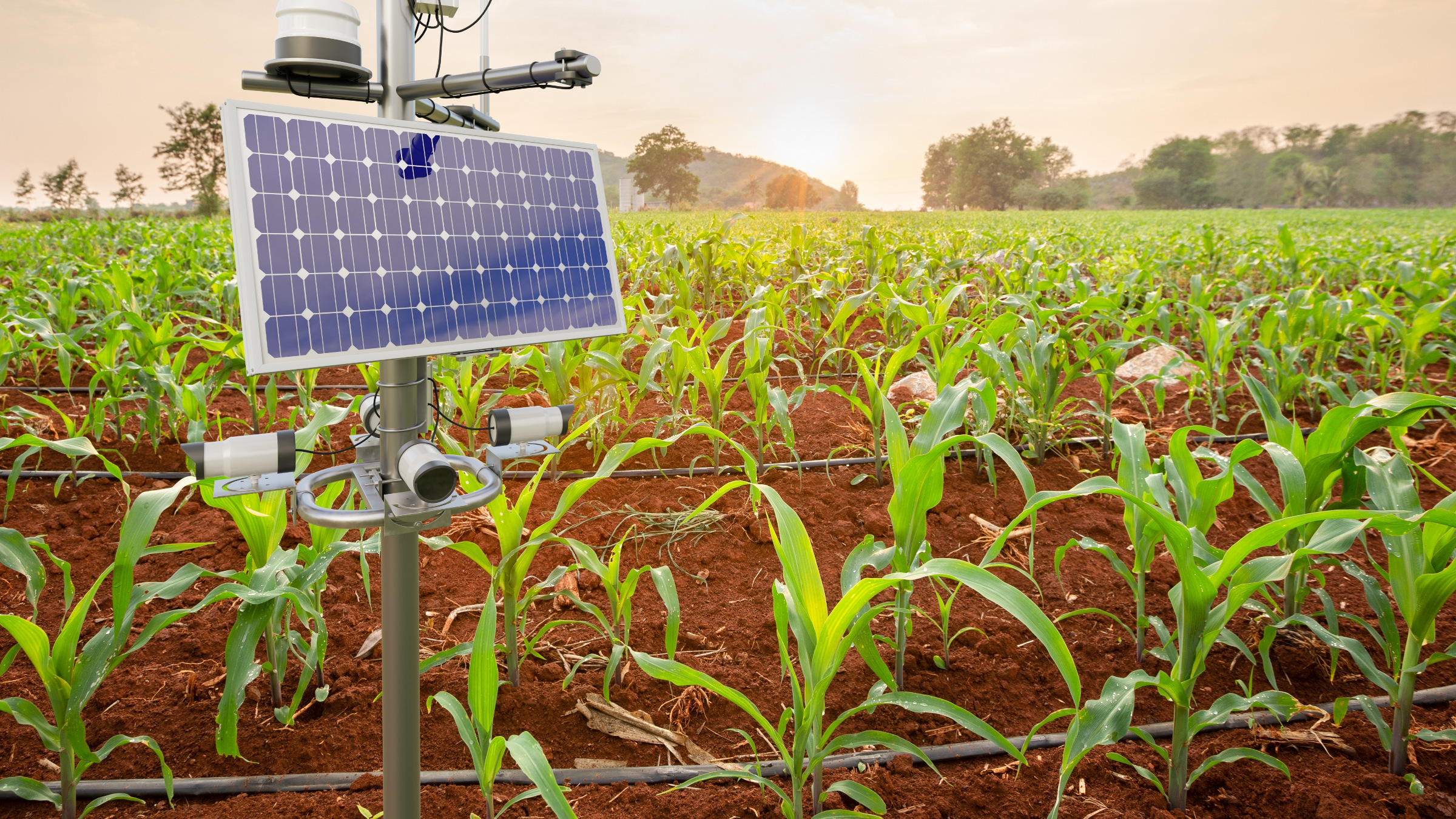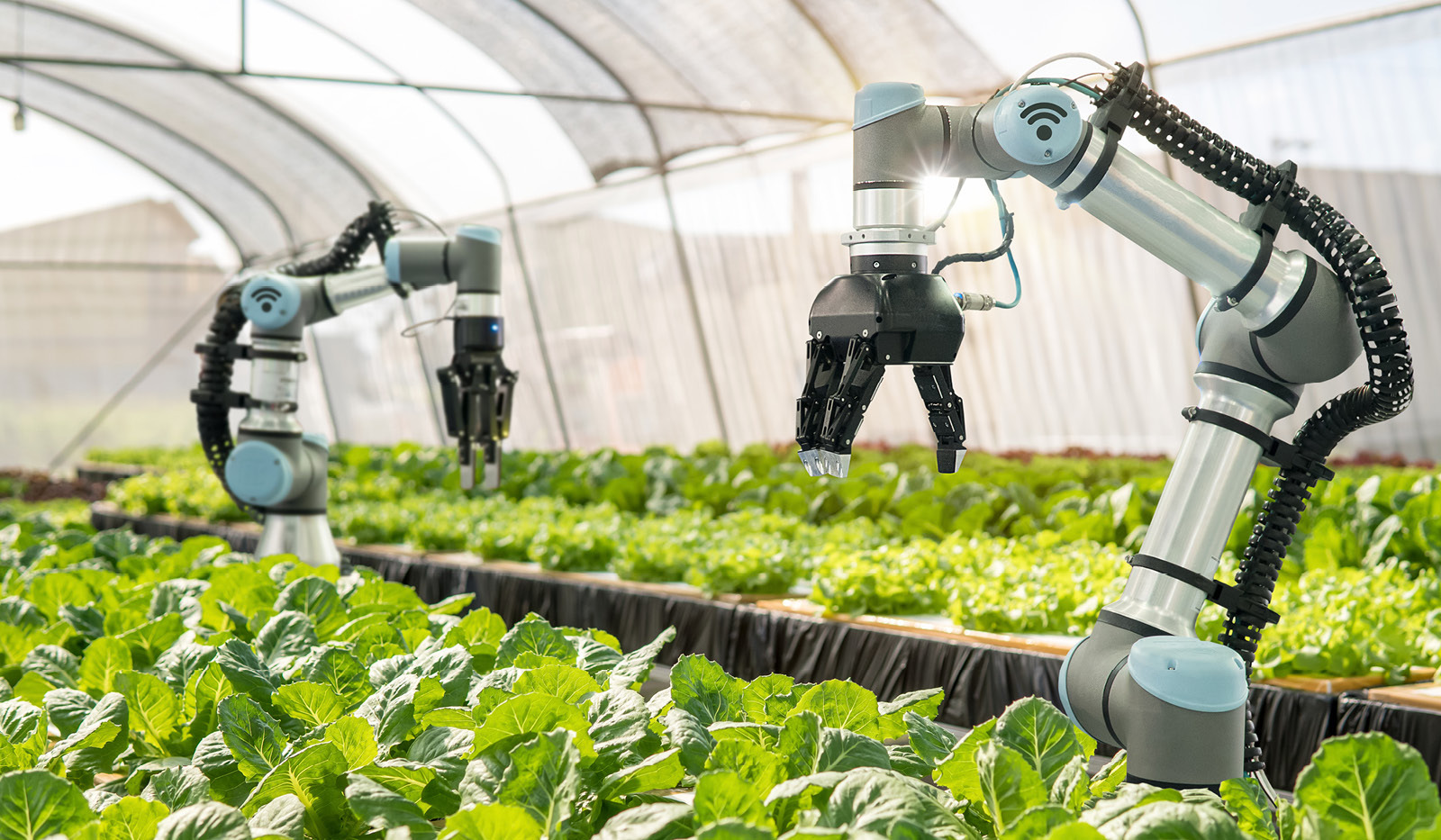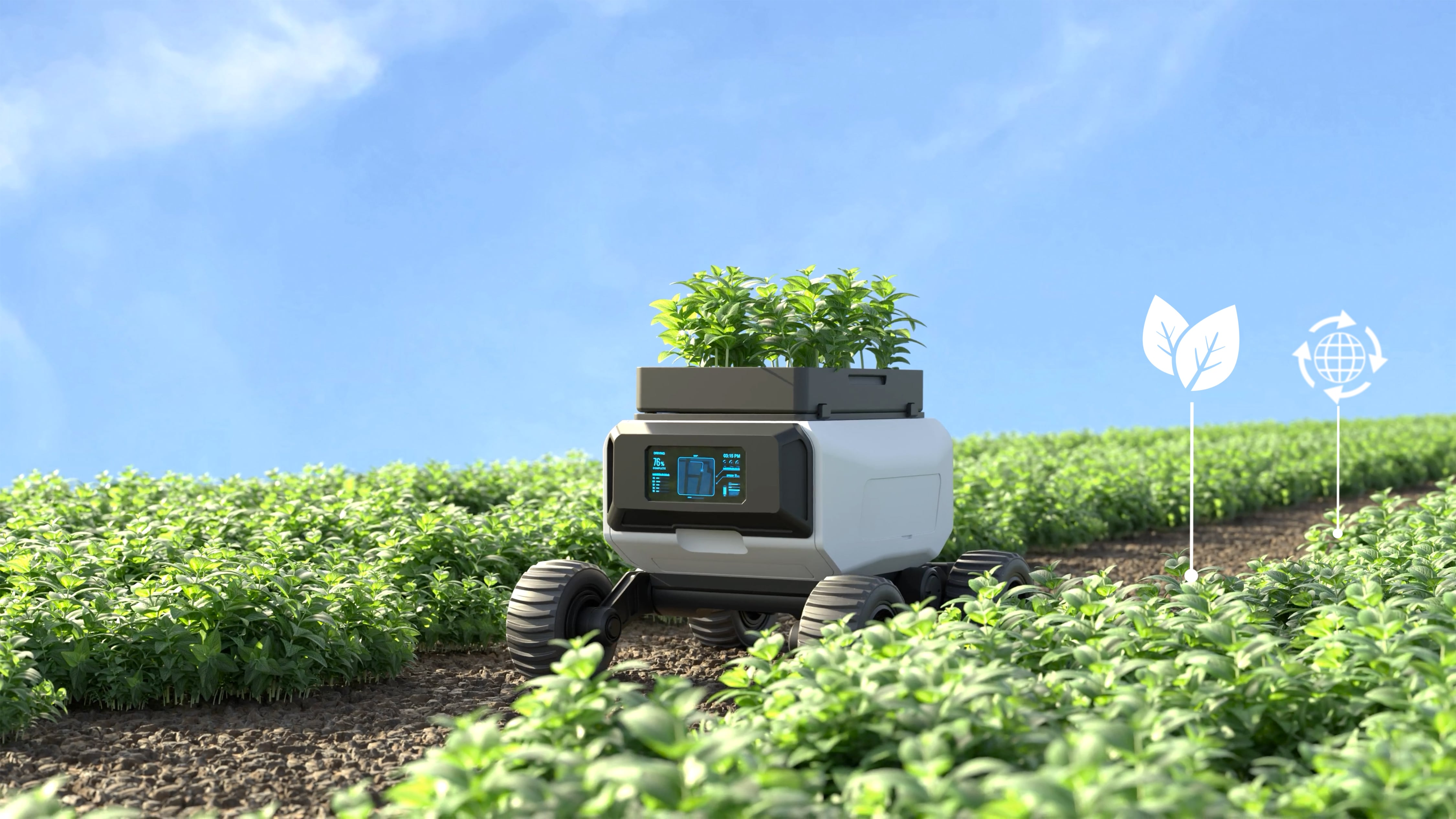The agricultural industry is undergoing a data-driven transformation, as Smart Agriculture solutions powered by Artificial Intelligence (AI) and the Internet of Things (IoT) help farmers increase productivity, reduce waste, and adapt to climate change.
Precision farming — a term that once sounded futuristic — is now becoming the norm across large and small farms. Through the use of connected devices such as soil sensors, drones, weather stations, and smart irrigation systems, farmers can now monitor crop health, soil moisture, and climate conditions in real-time. These technologies are enabling more precise application of water, fertilizers, and pesticides, thereby minimizing environmental impact and operational costs.
A growing number of startups and legacy agriculture firms are investing in AI-based platforms that aggregate data from various sources and apply machine learning algorithms to optimize decision-making. For instance, systems can now predict the optimal time to plant or harvest, detect early signs of disease, and even automate harvesting with robotic machinery.
Governments around the world are supporting this movement. The EU’s Common Agricultural Policy has earmarked significant funding to digitize farming infrastructure, while China has announced plans to increase rural broadband coverage and develop smart agriculture demonstration zones.
Despite the benefits, challenges remain. High upfront costs, lack of digital literacy among older farmers, and data privacy concerns are slowing adoption. However, industry experts believe that partnerships between tech providers, governments, and educational institutions will help bridge the gap.
As climate unpredictability increases and global food demand rises, smart agriculture isn’t just an innovation — it’s a necessity.
Post time: Sep-02-2025






